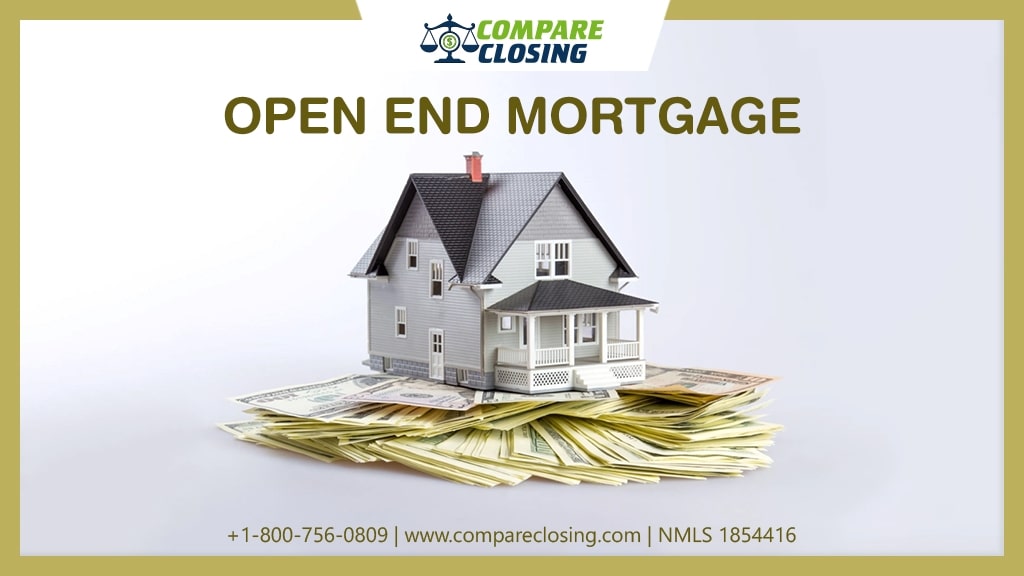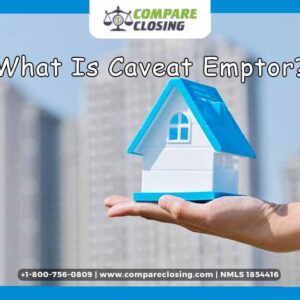Table of Contents
- What Are Netting Escrows & How Does It Work?: The Best Guide - January 2, 2024
- The Secret About Prescriptive Easement: Top Guide 1 Must Know - December 4, 2023
- About Home Equity Loans In Texas And How Can One Obtain It - November 27, 2023
About Open End Mortgage
When you buy a home, you apply for a mortgage for a qualified amount and repay the mortgage in monthly installments.
What happens if you require additional money to repair your house, add a new bathroom, or build a new one in the future using your home equity? You take a home equity loan or HELOC.
However, there is an alternative for that – Open-end Mortgage. In this post, we will learn what is an open end mortgage and how it works.
What Is An Open-End Mortgage?
It is a mortgage where a borrower can take an additional loan on the same primary mortgage up to a specified limit.
It is a mortgage loan that allows the borrower to borrow additional funds at a later date under the same first mortgage.
It lets the borrower take a portion of the mortgage loan amount for which he is approved to cover the cost to purchase the house; by borrowing only a portion of the loan, the borrower pays a lower rate of interest because he is only obliged to pay interest on the outstanding balance and not the total amount that he qualified for.
For example, suppose you took a mortgage of $250,000 to buy a house, but are eligible for an open-end mortgage of $ 350,000.
Until you borrow anything in addition to the original loan amount, you only have to pay the principal and interest of the $ 250,000 you first received.
After a few years, you borrow $ 50,000; you will begin paying interest on this amount along with your existing principal balance as well as any other amount that you borrow in the future.
How Does A Open End Mortgage Work?
An open-ended mortgage can be compared to a term loan with a delayed drawing option. It also has functions similar to a revolving loan.
Open-ended mortgages are unique because they are mortgages that are secured by real estate with funds that are only used to invest in the same property.
The application process is similar to other loans and the loan terms are often determined by the credit score and credit profile of the borrower.
In some cases, adding a co-applicant to the loan may give a higher chance of approving an open-ended mortgage loan if they have a lower risk of default.
Open-end loans provide the borrower with the highest amount of loan they can obtain in a given period. the borrower can choose the amount he wants to take to purchase the property.
Since the borrower takes only part of the qualified amount the interest paid by the borrower is less. In the case of an open-ended mortgage, the borrower may obtain the additional loan amount at any time set out in the loan terms.
The additional amount available for the borrower to draw can also be tied to the value of the property.
This type of mortgage differs from a term loan with a delayed drawing option because the borrower does not normally have to meet specific parameters to obtain additional financing.
This type of mortgage differs from a revolving loan because the funds are usually only available for a certain period. Rotating credit terms ensure that funds remain open indefinitely till the borrower fails to make the payments
What Are The Pros And Cons Of Open End Mortgages?
Pros:
- Financial Flexibility: If you are planning to buy a house and are entitled to borrow more than you need, an open-ended mortgage can make it easier for you to borrow additional amounts for renovations and other real estate expenses.
- Save on Interest: Just like a home equity line of credit, you only have to pay interest on the part of the amount of the open-end mortgage you are using. You will also avoid the costs of refinancing and the higher interest rates usually charged on second mortgages or home equity loans.
Cons:
- Drawing Limitations: The time to draw from your open-ended mortgage may have time limitations. It will depend on how much money you have received in advance and on the loan terms.
- Fixed Borrowing Limits: The maximum limit of additional borrowing is fixed by the lender at the time of providing you with the primary mortgage. This limit cannot be changed in the future. If you require funds more than what you had qualified for, you may have to consider other options.
- Program Availability: This type of mortgage is not very common; hence not many lenders offer these mortgages. Finding a lender providing such kind of financing may require an extensive search.
Conclusion
An open-end mortgage is a combination of a traditional mortgage and a HELOC. It ensures that you have access to funds for your property in the future without going through the qualifying process once again.
It is suggested to speak to your trusted mortgage advisor to understand if this type of financing is best for you
Amanda Byford
Amanda Byford has bought and sold many houses in the past fifteen years and is actively managing an income property portfolio consisting of multi-family properties. During the buying and selling of these properties, she has gone through several different mortgage loan transactions. This experience and knowledge have helped her develop an avenue to guide consumers to their best available option by comparing lenders through the Compare Closing business.





